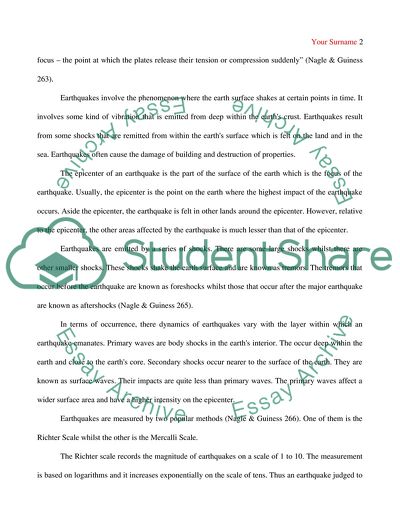Cite this document
(“An Analytical Study of the Earthquakes as a Natural Disaster Research Paper”, n.d.)
An Analytical Study of the Earthquakes as a Natural Disaster Research Paper. Retrieved from https://studentshare.org/environmental-studies/1589211-an-analytical-study-of-the-earthquakes-as-a-natural-disaster
An Analytical Study of the Earthquakes as a Natural Disaster Research Paper. Retrieved from https://studentshare.org/environmental-studies/1589211-an-analytical-study-of-the-earthquakes-as-a-natural-disaster
(An Analytical Study of the Earthquakes As a Natural Disaster Research Paper)
An Analytical Study of the Earthquakes As a Natural Disaster Research Paper. https://studentshare.org/environmental-studies/1589211-an-analytical-study-of-the-earthquakes-as-a-natural-disaster.
An Analytical Study of the Earthquakes As a Natural Disaster Research Paper. https://studentshare.org/environmental-studies/1589211-an-analytical-study-of-the-earthquakes-as-a-natural-disaster.
“An Analytical Study of the Earthquakes As a Natural Disaster Research Paper”, n.d. https://studentshare.org/environmental-studies/1589211-an-analytical-study-of-the-earthquakes-as-a-natural-disaster.


